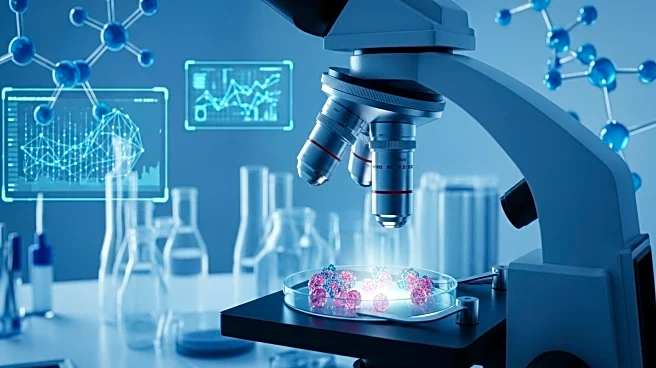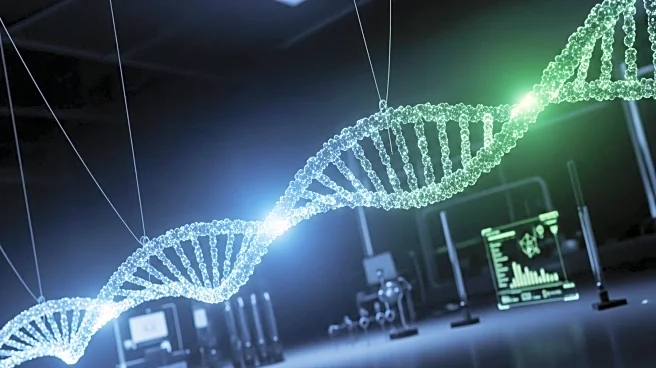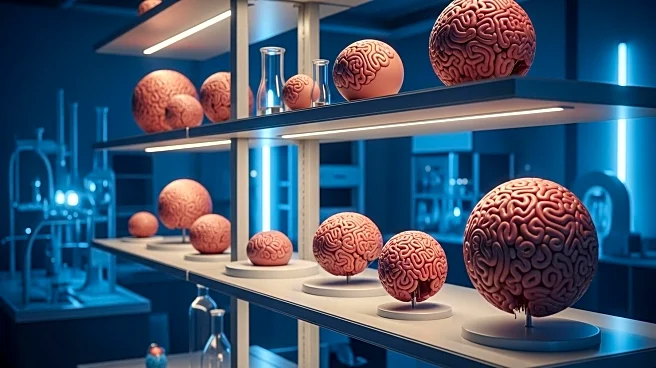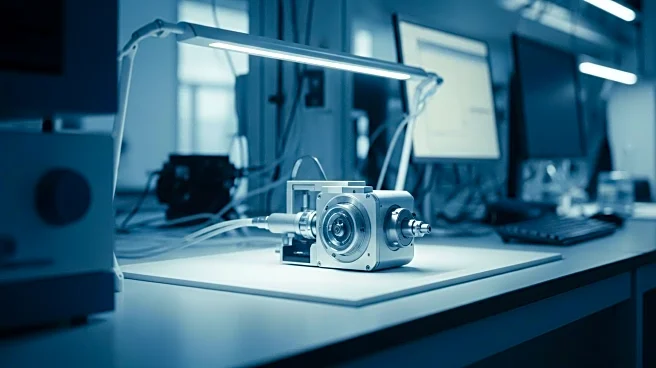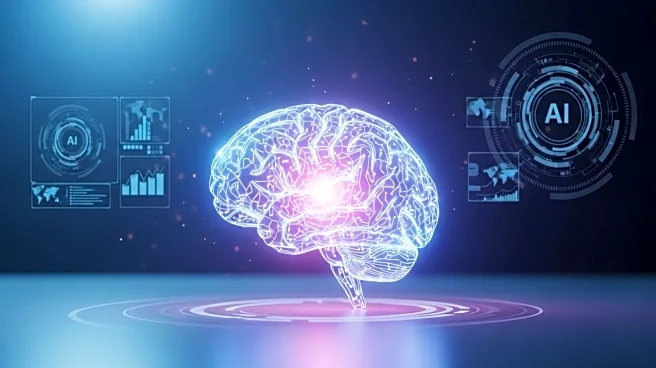What's Happening?
Recent advancements in CRISPR and induced pluripotent stem cell (iPSC) technology are transforming the landscape of disease modeling and drug screening. Traditional models, such as tumor cell lines and animal models, often fail to accurately simulate human tissue pathological changes due to species differences and complex genetic backgrounds. iPSC technology allows for the reprogramming of patient somatic cells, retaining their complete genetic background, and differentiating into various target cell types. When combined with CRISPR-Cas9 gene editing, researchers can construct specific mutations or repair mutations in an isogenic background, establishing highly accurate and controllable in vitro disease models. This platform has been widely used in research fields such as cardiovascular, neurological, metabolic, hepatic, and renal diseases, showing unprecedented advantages in drug screening and etiology verification.
Why It's Important?
The integration of CRISPR and iPSC technology offers significant improvements in the accuracy and functional reproducibility of human disease models. This advancement provides key support for analyzing genetic mechanisms, targeted drug screening, and developing personalized treatment strategies. By constructing isogenic mutation models based on patient-derived iPSCs, researchers can reflect drug responses under specific genetic backgrounds, accelerating the discovery and redevelopment of new drugs. This approach not only improves screening efficiency but also promotes the transformation of drug research and development toward precision, safety, and efficiency. The CRISPR-iPSC system also plays a crucial role in drug toxicity assessment, allowing for real-time monitoring of changes in cell function, toxicity accumulation, and other critical factors.
What's Next?
Despite the promising potential of the CRISPR-iPSC system, its large-scale application faces technical and economic challenges. Off-target effects remain a core issue in gene editing safety, and model consistency and reproducibility need improvement. The differentiation efficiency of iPSC-derived cells is affected by multiple factors, resulting in a lack of comparability of experimental results between different laboratories. To address these issues, artificial intelligence algorithms are being introduced to predict efficient off-target sites, optimize gRNA design, and assist in phenotypic data analysis. The future of the CRISPR-iPSC platform may involve further integration with AI and microengineering technology, potentially achieving comprehensive intelligence and industrialization of disease modeling and drug discovery.
Beyond the Headlines
The CRISPR-iPSC system is driving in vitro disease models from structural simulation to functional reconstruction, providing an unprecedented tool platform for analyzing complex human diseases and developing precise intervention methods. The use of iPSC-derived three-dimensional organoids to construct disease models closer to human tissue structure is becoming a research hotspot. This approach allows for the accurate simulation of developmental abnormalities or functional disorders caused by mutations at the organoid level, improving the accuracy of disease research and drug screening. As a key model bridging the single cell and tissue levels, organoids offer significant potential for analyzing disease mechanisms and developing precise intervention methods.
